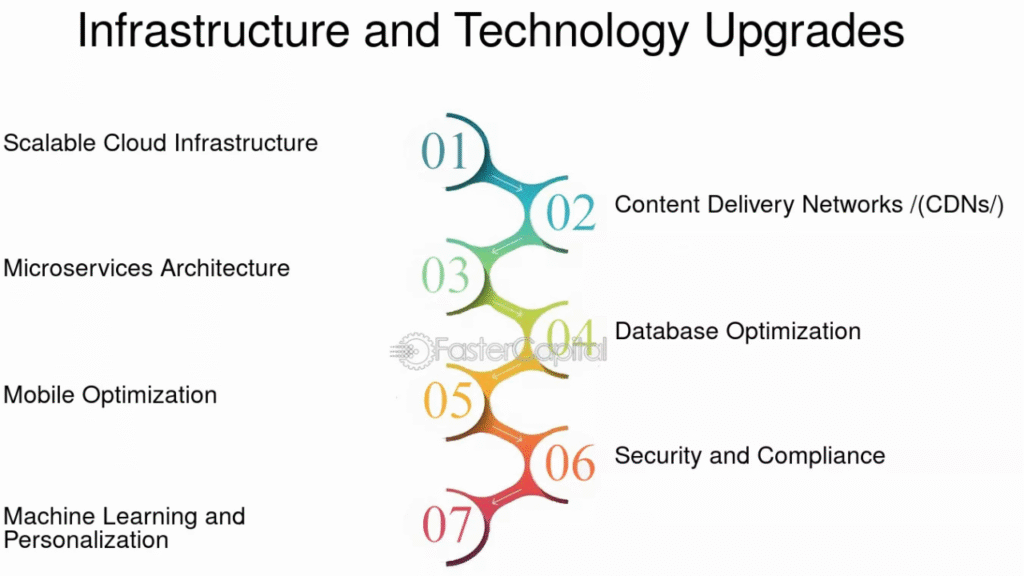The Social Security Administration (SSA) is undergoing significant transformations under the leadership of newly confirmed Commissioner Frank Bisignano. Appointed by President Donald Trump and confirmed by the Senate on May 6, 2025, Bisignano’s tenure marks a period of substantial policy shifts aimed at overhauling the agency’s operations and addressing concerns about fraud and inefficiency.
Leadership Transition and Organizational Restructuring

Frank Bisignano, a former Wall Street executive, steps into his role amid a wave of reforms initiated by the Department of Government Efficiency (DOGE), led by Elon Musk. These reforms have led to the closure of several SSA departments, including the Office of Civil Rights and Equal Opportunity and the Office of Transformation, resulting in the reassignment of their functions to other parts of the agency.
Additionally, the SSA has announced plans to reduce its workforce by approximately 7,000 positions, aiming to streamline operations and eliminate redundancies. The agency maintains that these changes are necessary to improve efficiency and adapt to modern service delivery models.
Policy Reversals on Overpayment Recoveries
One of the most contentious changes involves the reinstatement of full benefit withholding to recover overpayments. Previously, under the Biden administration, the SSA capped recoveries at 10% of monthly benefits to minimize hardship for beneficiaries.
Under the new policy, the agency may now withhold 100% of a beneficiary’s monthly payment until the overpaid amount is fully recovered. This move has drawn criticism for its potential to cause financial distress, particularly among vulnerable populations such as seniors and people with disabilities.
Stricter Identity Verification Measures
In an effort to combat fraud, the SSA has implemented more rigorous identity verification protocols. Beneficiaries are now required to update direct deposit information either online using two-factor authentication or in person at SSA offices.
This change eliminates the option to make such updates over the phone, a method previously exploited in identity theft and fraud cases. While intended to enhance security, these measures have raised accessibility concerns for seniors and individuals with limited internet access or mobility challenges.
Technological Upgrades and Service Delivery

To modernize service delivery, the SSA is investing in new technologies, including AI-based transcription tools and digital access to Social Security Numbers (SSNs). These initiatives are part of a broader effort to overhaul outdated systems and reduce processing times.
However, the transition has not been without issues. Beneficiaries have reported delays in receiving payments, with some attributing the backlog to staffing reductions and system changes. The agency acknowledges the challenges but insists the upgrades are essential for long-term improvement.
Public Response and Legal Challenges
The sweeping changes have sparked strong reactions from advocacy groups, former officials, and lawmakers. Critics argue that the staffing cuts and office closures could undermine the SSA’s ability to serve the public effectively.
Legal challenges have also emerged, particularly concerning DOGE’s access to SSA data. Courts have ruled to limit such access due to privacy concerns, further complicating the implementation of the new reforms.
What Beneficiaries Need to Know

For the approximately 70 million Americans who rely on Social Security benefits, these developments carry significant implications. Beneficiaries should be aware of the following:
Overpayment Policies
The SSA may now withhold full benefit payments to recover overpaid amounts. Beneficiaries facing this situation can request waivers or negotiate repayment plans. However, these processes may experience delays due to reduced staffing and office closures.
Updating Personal Information
Changes to direct deposit details must now be made online with enhanced security or in person. This update is part of the SSA’s fraud prevention strategy, though it may present challenges for those without internet access or transportation.
Access to Services
With the closure of several field offices and a smaller workforce, beneficiaries may face longer wait times and reduced access to in-person services. The SSA encourages the use of online tools, but acknowledges that not all users may be equipped to navigate them.
Conclusion
The SSA’s current trajectory reflects a concerted effort to modernize and secure its operations, albeit with significant trade-offs that affect service accessibility and the beneficiary experience. As these reforms continue to unfold, beneficiaries are encouraged to stay informed, remain proactive, and utilize available resources to manage their Social Security benefits effectively.




